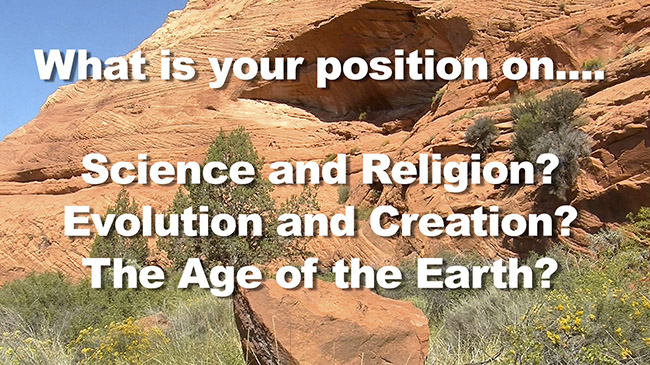I frequently get emails wanting to know whether gravity is a law or a theory. That question brings up so many more questions that I thought it would be fun to explore.
To try this, you will need:
- an object to drop.
OK, pick an object that will not break, dent the floor, cause a mess, or get either of us in trouble. Hold it out in front of you and release it. What happens? It falls, unless you picked a helium balloon. In that case, gravity causes it to float upwards, by pulling downwards with more force on the air around the balloon). The gravitational attraction between the Earth and the object pulls it towards the ground. But, when we do this experiment, should we be talking about the Law of Gravity or the Theory of Gravity?
Actually, we should be talking about both. To understand why, we need to understand the scientific meaning of the words "law" and "theory."
In the language of science, the word "law" describes an analytic statement. It gives us a formula that tells us what things will do. For example, Newton's Law of Universal Gravitation tells us:
"Every point mass attracts every single point mass by a force pointing along the line intersecting both points. The force is directly proportional to the product of the two masses and inversely proportional to the square of the distance between the point masses."
So if we know the mass of two objects, and the distance between the center of mass of the two objects, we can calculate the gravitational pull between the Earth and the object you dropped, between the Sun and Mars, or between me and a bowl of ice cream.
We can use Newton's Law of Universal Gravitation to calculate how strong the gravitational pull is between the Earth and the object you dropped, which would let us calculate its acceleration as it falls, how long it will take to hit the ground, how fast it would be going at impact, how much energy it will take to pick it up again, etc.
While the law lets us calculate quite a bit about what happens, notice that it does not tell us anything about WHY it happens. That is what theories are for. In the language of science, a theory is an explanation of why and how things happen. For gravity, we use Einstein's Theory of General Relativity to explain why things fall.
A theory starts as one or more hypotheses, untested ideas about why something happens. For example, I might propose a hypothesis that the object that you released fell because it was pulled by the Earth's magnetic field. Once we started testing, it would not take long to find out that my hypothesis was not supported by the evidence. Non-magnetic objects fall at the same rate as magnetic objects. Because it was not supported by the evidence, my hypothesis does not gain the status of being a theory. To become a scientific theory, an idea must be thoroughly tested, and must be an accurate and predictive description of the natural world.
While laws rarely change, theories change frequently as new evidence is discovered. Instead of being discarded because of new evidence, theories are often revised to include the new evidence in their explanation. The Theory of General Relativity has adapted as new technologies and new evidence have expanded our view of the universe.
So when we are scientifically discussing gravity, we can talk about the law of gravity that describes the attraction between two objects, and we can also talk about the theory of gravity that describes why the objects attract each other.



